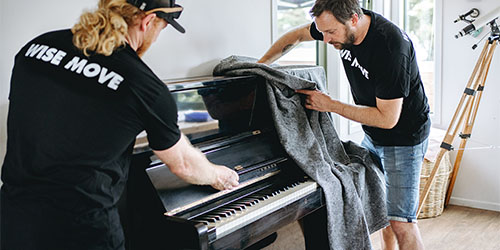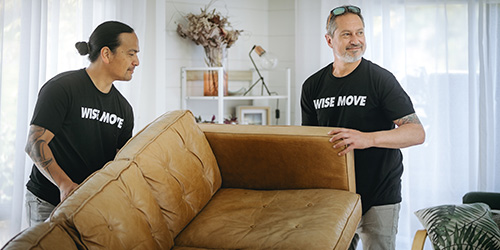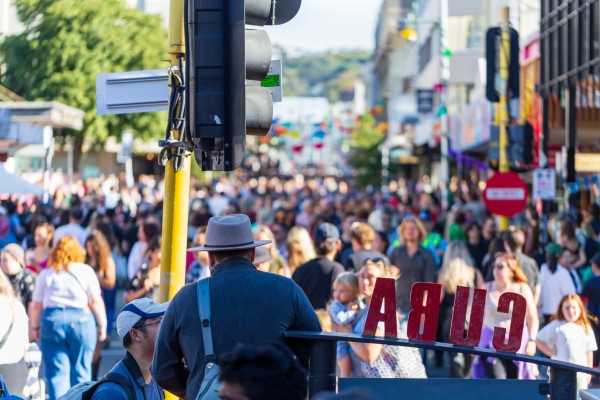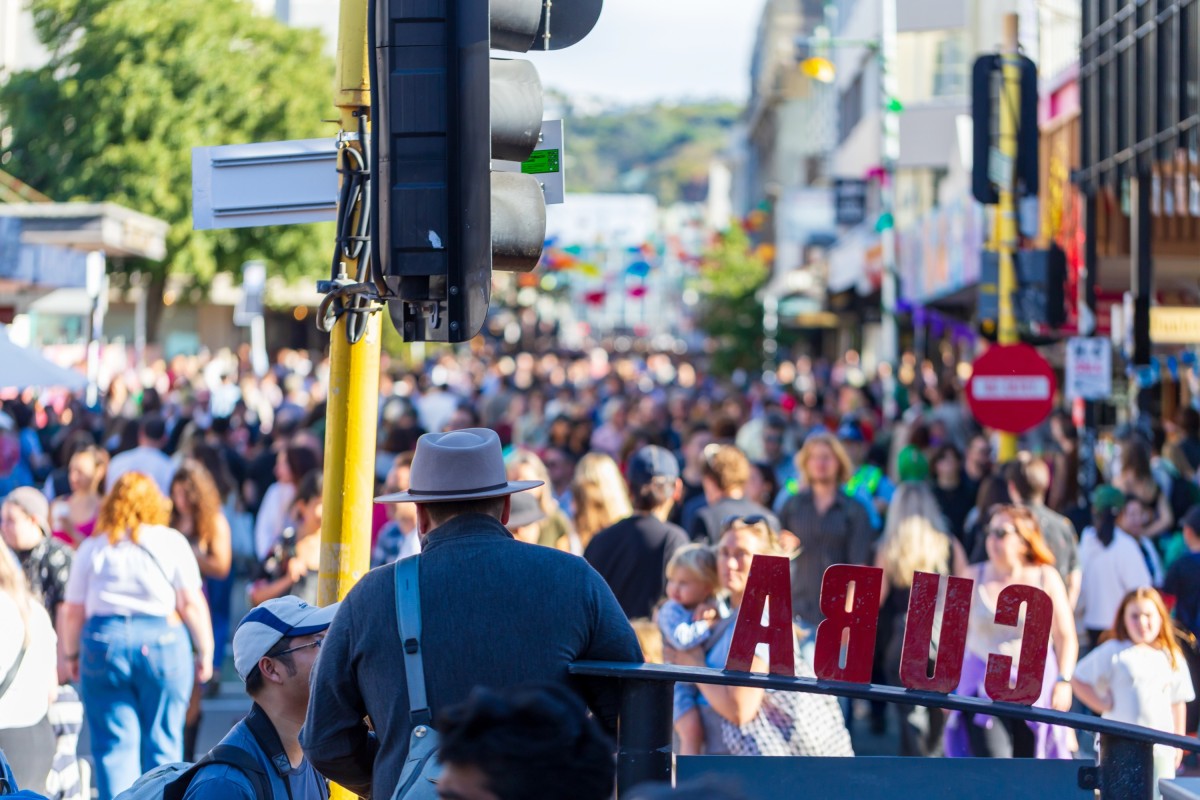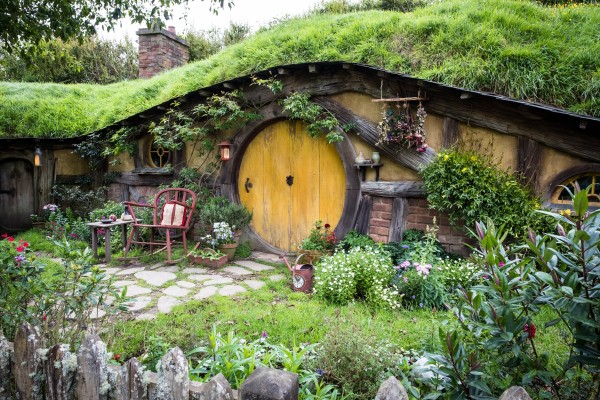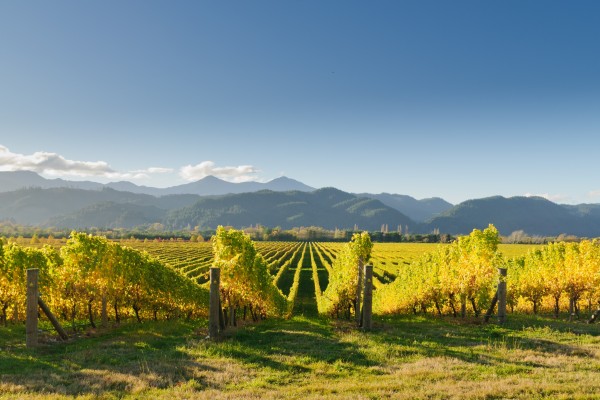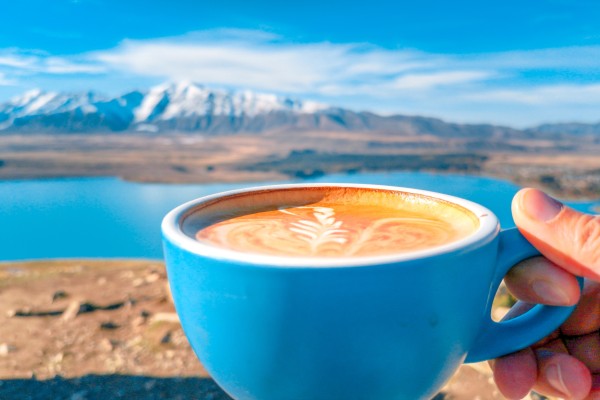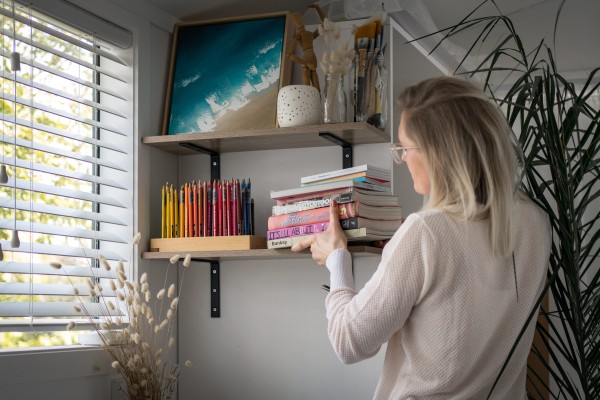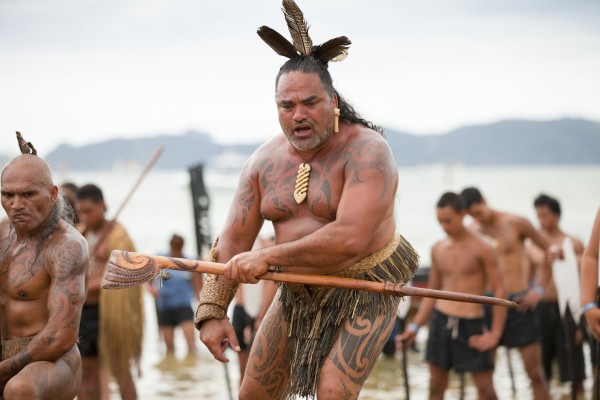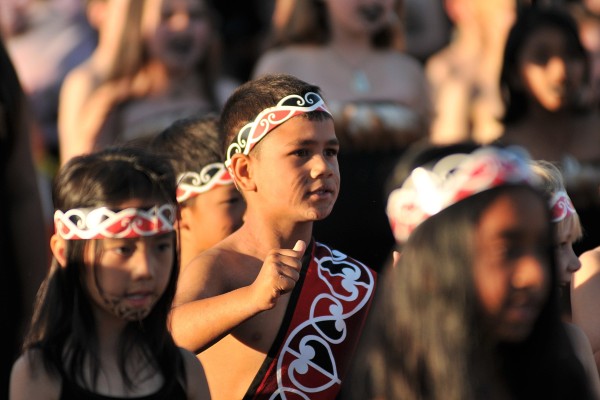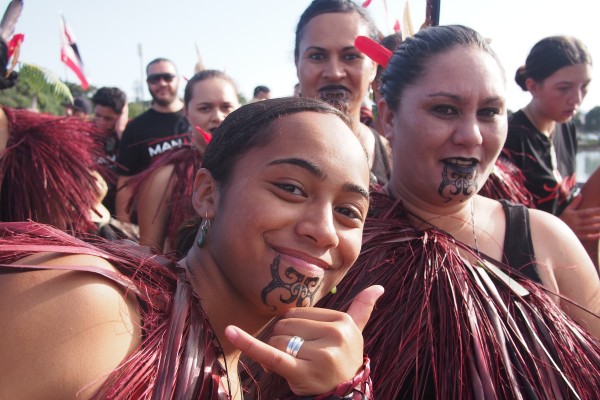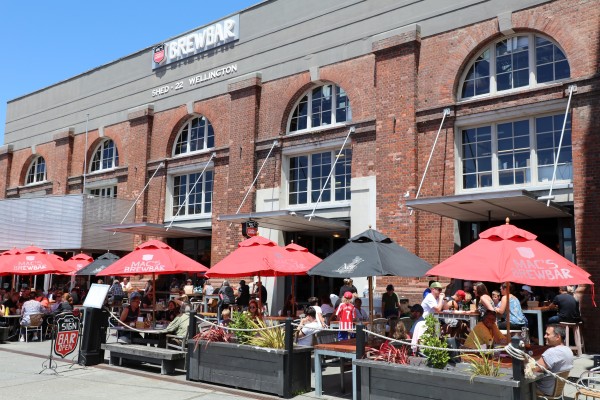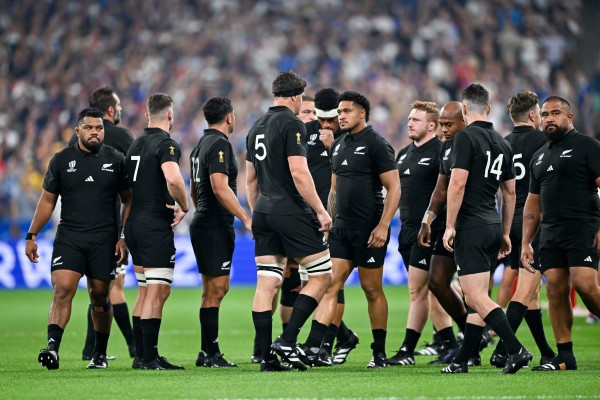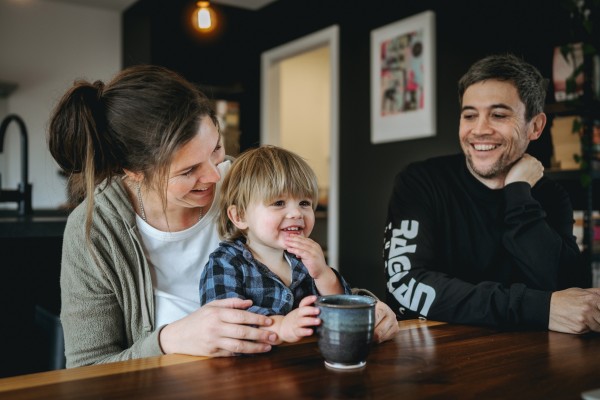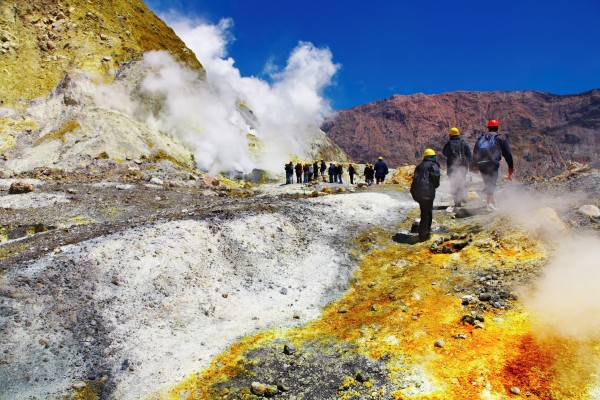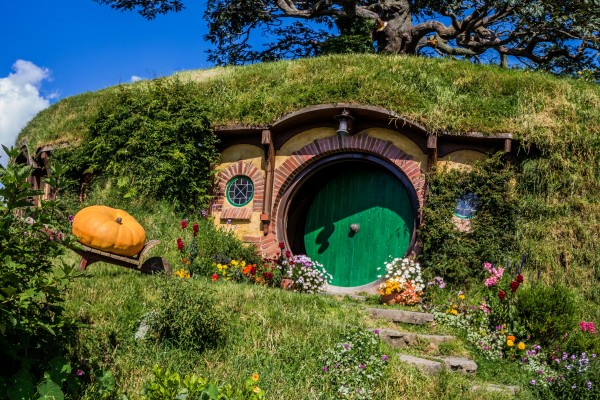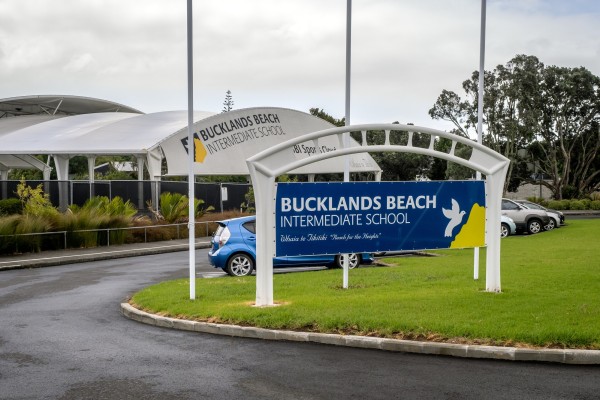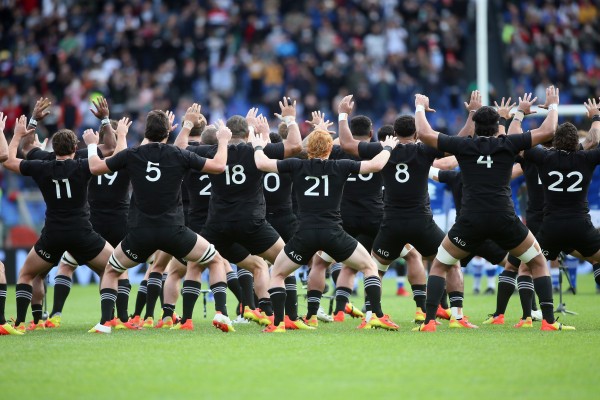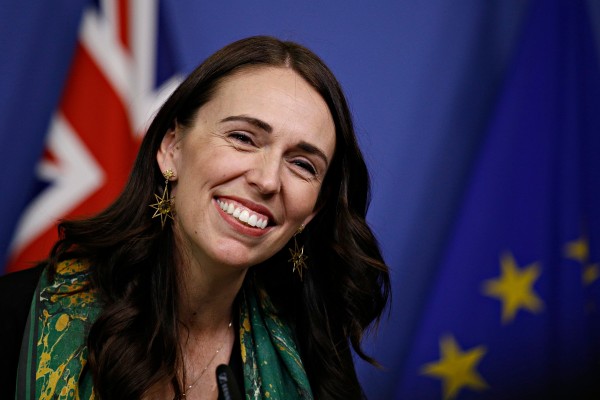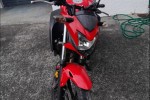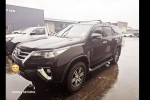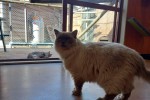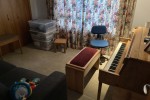New Zealand's Music Scene: Exploring the evolution of music in NZ
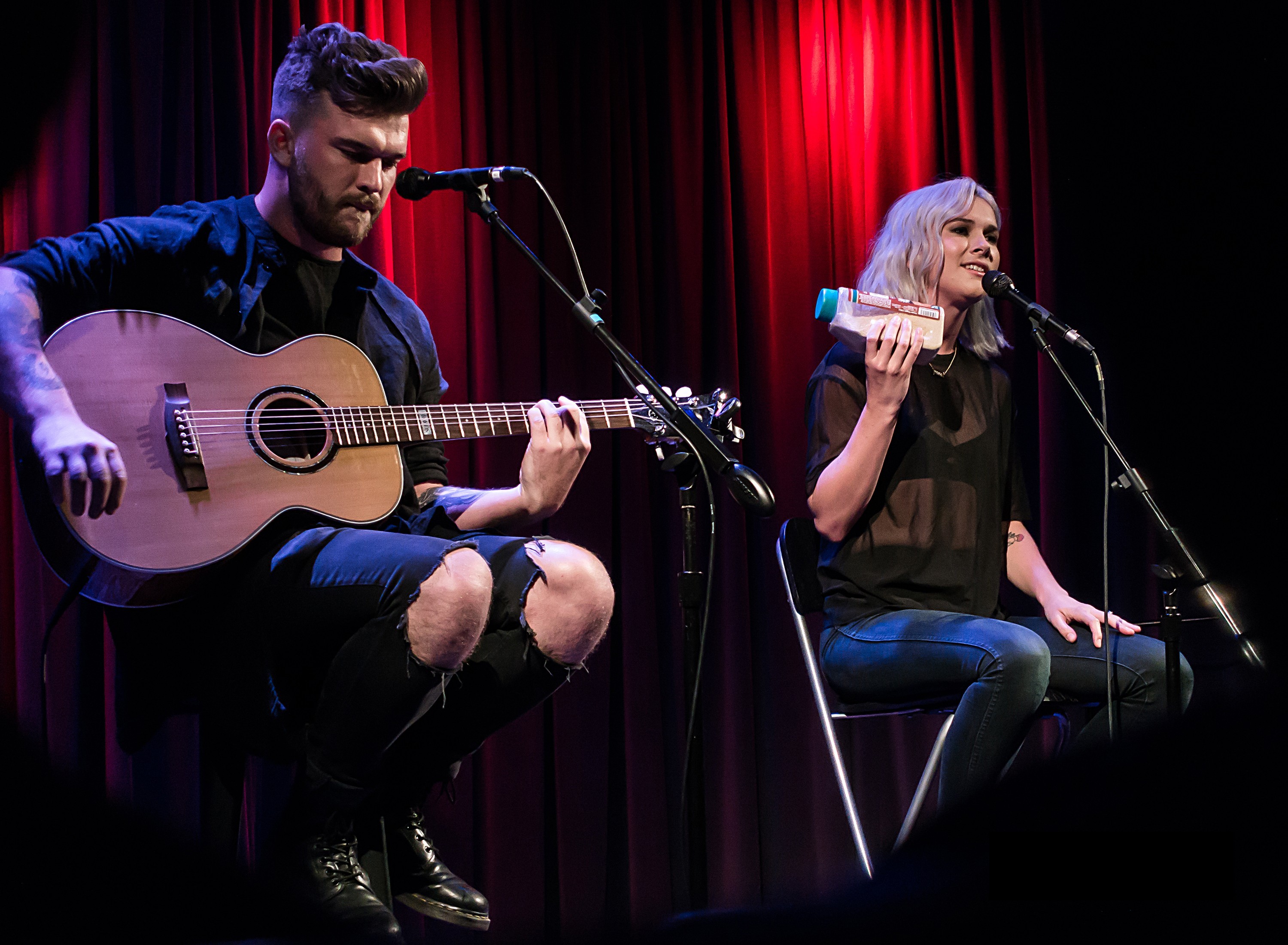
Despite our relatively small population, New Zealand has produced many successful musicians who have made waves at home and abroad. From Lorde and Six60 to Fat Freddy's Drop and Broods, Kiwi artists continue to find audiences around the world with their unique sound and authentic approach to making music.
The early days of New Zealand music
In the early 20th century, sound recording was a brand-new technology. For the first time, people could listen to recordings of their favourite singers. Sound recording made waves in New Zealand and around the world. One of the first people to record music in New Zealand was a Christchurch-born soprano Madame Frances Alda.
The first songs recorded in New Zealand
-
In 1909, Alda along with Enrico Caruso, created the first sound recording in New Zealand.
-
In the early 1920s Emira Maewa Kaihau, a Māori singer from Northland, added lyrics to an Australian recording called Swiss Cradle Song. Kaihau names her version ‘This is the hour.’
-
Over the following decades there were two Māori language versions of This is the hour. By 1947 the song was known as ‘Now is the hour’ and was sung by international artists including Gracie Fields and Bing Crosby.
-
In 1927, Dean Waretini and Ana Hato’s visit to Australia sparked an international interest in the New Zealand, and in particular, Māori sound. Because of this, recordings of The Rotorua Māori choir, and Tex Morton were popular with listeners in Australia.
-
Blue Smoke was New Zealand's first pop song written in the 1940s by Ruru Karaitiana and recorded by Pixie Williams. The song went triple platinum and sold 50,000 copies.
Rock and roll takes hold in New Zealand
The first genre to really take over in New Zealand was rock and roll in the 1950s. Johnny Devlin, a well-known singer and talent show presenter known as the Māori Cowboy, released two Bill Hayley covers, capitalising on New Zealand’s obsession with rock and roll.
Devlin was known as New Zealand’s answer to Elvis Presley, complete with screaming fans and all. His single Lawdy, Miss Clawdy is still one of the highest selling singles in New Zealand music history.
Folk music of the 60s
While British and American folk singers grew popular overseas, New Zealand’s music scene changed to reflect this new sound. Folk music singer-songwriters Peter Cape and Phil Garland wrote and performed their own Kiwi folksongs.
New Zealand music finds its own sound in the 70s
By the 70s New Zealand musicians and bands started to produce their own sound, rather than following in the footsteps of overseas sounds. Disco and punk combined to create a sound that was uniquely Kiwi on the rock front. Bands were releasing albums rather than finding fame with a one-off single. Two big songs of the decade were Dragon’s April Sun in Cuba and Hello Sailor’s Gutter Black.
Split Enz: A New Zealand legend is born
Split Enz, one of New Zealand’s most famous bands, was formed in the 1970s introducing the world to the talents of Tim and Neil Finn. The band first performed on a song quest. In the early days, the band wore bright suits and absurd makeup, setting them apart from other bands. Their first album, Mental Notes, rose to number eight on the New Zealand charts.
It wasn’t just Kiwis who loved their sound. The band toured the United States and the UK and had a string of hits, including My Mistake, Give It a Whirl, I Hope I Never, Shark Attack, and Poor Boy.
The 1980s: Crowded House
With the breakup of Split Enz came the creation of another Kiwi icon: Crowded House. Formed by Neil Finn, Crowded House would go on to achieve international success. They had huge hits with Don’t Dream it’s Over and Take the Weather With You. Neil Finn continues to be one of New Zealand’s most well known and celebrated songwriters.
Punk, indie and the Dunedin Sound
From the late 70s punk became a popular sound, particularly with bands out of Christchurch and Dunedin. The Doomed, The Enemy and Chris Knox all contributed to the creation of the punk scene.
A new sound emerged from Dunedin during the 1980s. The Dunedin Sound often incorporated elements of indie pop, post-punk, and alternative rock into their music, creating a unique sound that resonated both here and abroad.
Bands that contributed to the Dunedin Sound include The Chills, The Clean, The Verlaines, and Straitjacket Fits. Flying Nun Records played a pivotal role in nurturing and promoting the music of these Dunedin bands.
The diversification of music in the 1990s
By the 1990s there was a broader range of music being signed and played in New Zealand. From rock bands like Shihad, The Feelers and Stella to singer-songwriters like Bic Runga and Anika Moa to reggae and electronic music like Salmonella Dub.
The 2000s: dub, rap, reggae and hip hop
In the 2000s, music turned heavily towards dub, reggae and hip hop, with bands of blending their sound into something unique yet recognisably Kiwi.
Reggae bands like Katchafire, Fat Freddy’s Drop and Trinity Roots all gained popularity. Electronic bands like Concord Dawn and Shapeshifter released their first albums in the early 2000s. Homegrown hip hop stars of the 2000s included Che Fu, King Kapisi and Scribe.
Across different genres, the New Zealand sound often blended reggae elements with brass and a danceable beat to create something unique. Many of these artists or bands had Maori and Pasifika roots.
2001: The launch of New Zealand Music Month
In 2001, the New Zealand Music Commission started New Zealand Music Month in May to celebrate Kiwi music. The month was created to encourage local radio stations to play more Kiwi music and played a significant role in fostering the growth of the local music scene.
The 2010s: Kiwi pop takes centre stage
Kimbra
New Zealand pop musicians started making waves overseas in the 2010s. Hamiltonian Kimbra gained fame by being on the sound of the summer in 2012 - Gotye’s Somebody That I Used to Know. The song was the best-selling single of 2012 and made the top 20 in over 20 countries.
Lorde
Auckland teenager Lorde, Ella Yelich-O'Connor, found fame at just 13 years of age with her number one song Royals. Even on the pop charts, New Zealand musicians offered something more complex and adventurous than generic pop music.
Lorde’s album Pure Heroine won Grammys at the 2014 awards for Best Pop Performance and Song of the Year. With her unique combination of breathy vocals and complex lyrics, Lorde paved the way for other singer-songwriters.
Electronic pop music finds an audience overseas
The Naked and Famous
The Naked and Famous garnered attention with their debut album Passive Me, Aggressive You in 2010, which featured synth-pop songs like Young Blood and Punching in a Dream. Their blend of electronic pop with big hooks and catchy lyrics propelled them to success on the global stage.
Broods
Broods emerged with their debut single, Bridges, in 2014, followed by their debut album Evergreen. Their emotionally charged lyrics, ethereal production, and infectious melodies captivated listeners, earning them a devoted following and critical acclaim overseas.
The 2020s: A changing sound
New Zealand music in the 2020s could be defined by its undefinability. Musicians from a wide range of genres, including pop, reggae, and R&B, have emerged.
BENEE
BENEE gained international fame with her catchy pop tracks and unique style during the pandemic. Her song Supalonely, became a global hit in 2020 on platforms like TikTok.
L.A.B.
L.A.B has garnered significant attention for its blend of reggae, electronic, blues, and funk and have released four albums which have topped the New Zealand charts and found it a dedicated following.
Teeks
Te Karehana Gardiner-Toi, known professionally as Teeks, is an R&B artist who has captivated audiences. His debut album, Something to Feel, was released in 2021 to critical acclaim and showcased his talent for heartfelt songwriting and soulful performances.
There’s A Tuesday
An indie-pop band formed by two friends, Minnie and Nat, There’s A Tuesday has been gaining traction with their dreamy sound and relatable lyrics. Their debut EP, Dance With Me Before We Cry, released in 2020, marked them as a promising new act in the indie music scene.
What do our customers say?


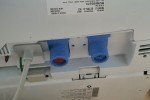
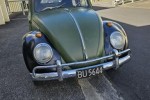
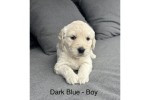
For every (wise)move



